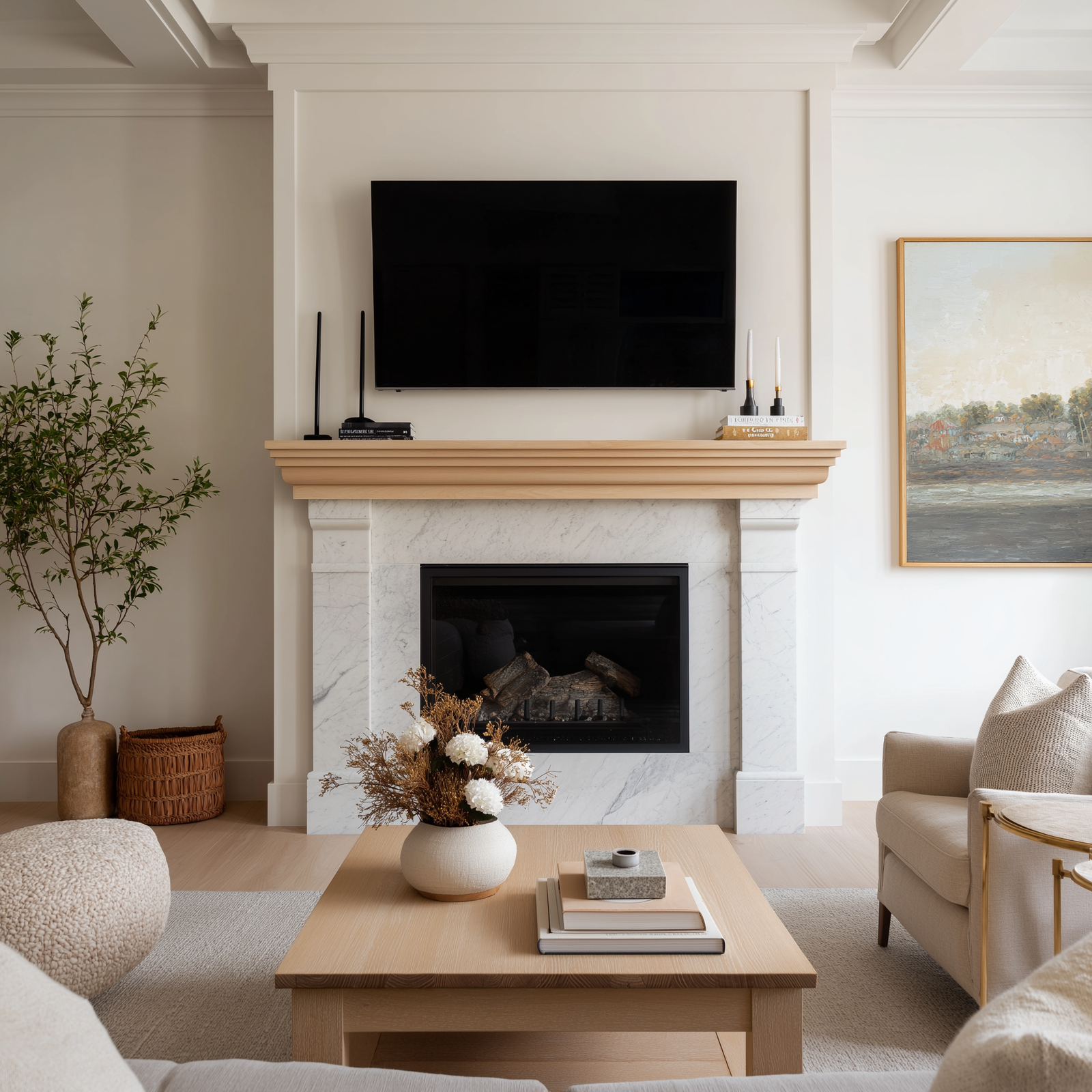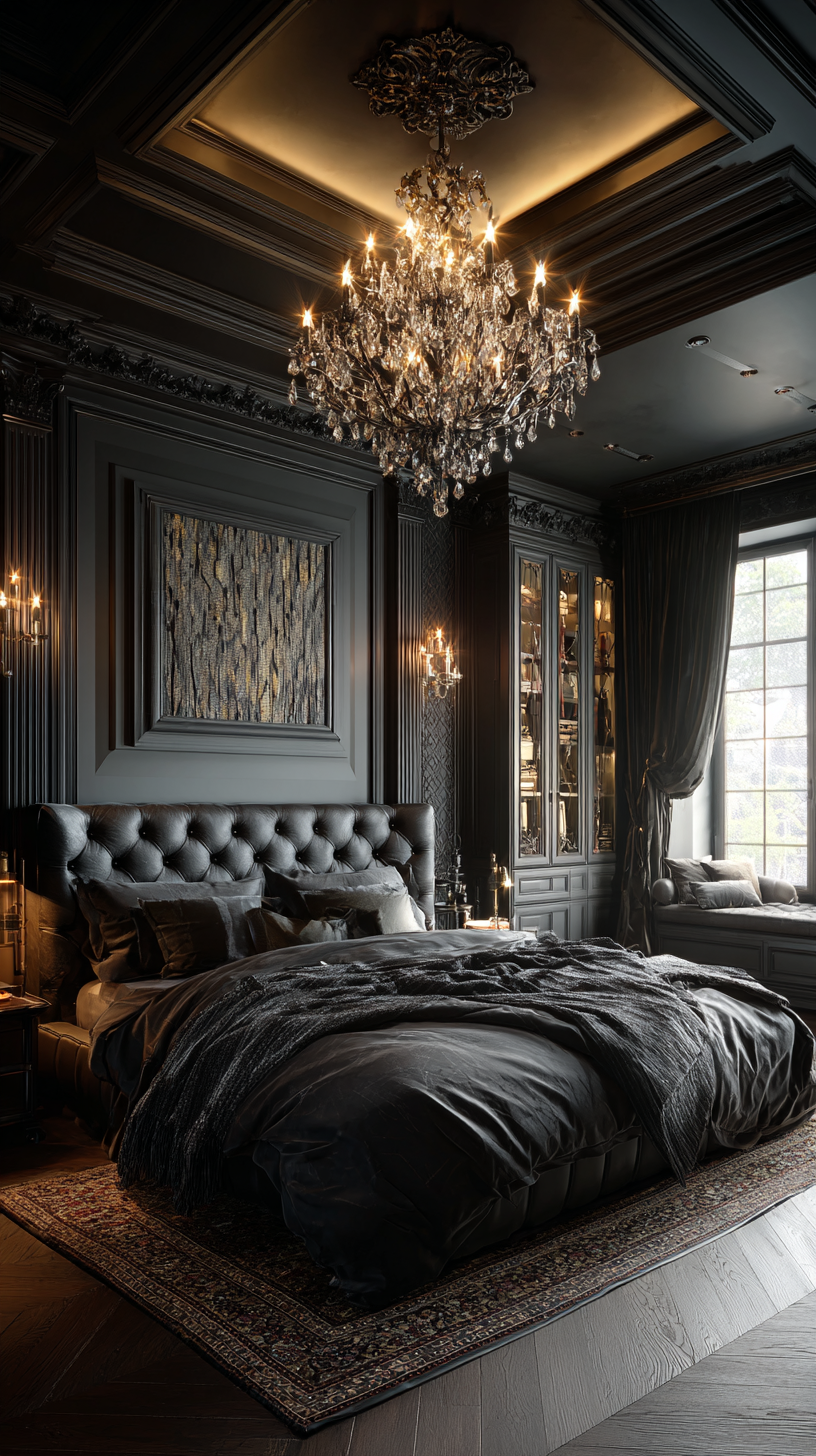Gone are the days when interior design was solely about aesthetics. Today, it’s about creating spaces that are not only beautiful and comfortable but also environmentally responsible. Sustainable interior design isn’t a passing fad; it’s a revolution. It’s about weaving together luxury, comfort, and a commitment to our planet. Imagine a future where your home reflects not just your style, but your values – a future where elegance and sustainability coexist in perfect harmony. This is what sustainable interior design offers.
In a world where sustainability is becoming increasingly important, transforming your living space with eco-friendly interior design is a powerful way to make a positive impact on the environment while creating a beautiful, stylish home. Eco-chic living combines aesthetics with environmental consciousness, ensuring that your space not only looks good but also feels good. Here’s how you can embrace sustainable interior design to create a space that’s both stunning and eco-friendly.
Intrigued? This article delves into the world of sustainable design, exploring how you can transform your space with eco-friendly practices and materials.
Table of Contents
- Understanding Sustainable Interior Design
- Key Principles of Eco-Chic Interior Design
- Practical Tips for Eco-Chic Living

Understanding Sustainable Interior Design
Sustainable interior design is a holistic approach to creating interior spaces that prioritize environmental responsibility and resource efficiency. It involves the careful selection of materials, energy-efficient systems, and design practices that reduce the environmental impact of buildings. This design philosophy emphasizes the use of renewable and recycled materials, non-toxic products, energy and water efficiency, and the overall health and well-being of the occupants. By integrating these principles, sustainable interior design aims to create spaces that are not only beautiful and functional but also reduce waste, conserve natural resources, and improve indoor air quality.

Why You Should Consider Sustainable Interior Design For Your Space
The advantages and benefits of sustainable interior design are manifold.
- Firstly, it significantly reduces environmental impact by minimizing the use of non-renewable resources and reducing waste. By choosing sustainable materials and energy-efficient systems, the carbon footprint of a building can be substantially lowered.
- Secondly, sustainable design promotes healthier living environments. Using non-toxic materials and improving indoor air quality can reduce health risks associated with exposure to harmful chemicals.
- Additionally, energy-efficient lighting, heating, and cooling systems can lead to substantial cost savings over time.
- Furthermore, sustainable design often incorporates elements that increase the overall comfort and aesthetic appeal of a space, making it more enjoyable for occupants.
Sustainable interior design aligns with the principles of responsible stewardship, ensuring that spaces are created with a mindful approach to the planet and future generations, while also providing immediate and tangible benefits to those who inhabit them.
-

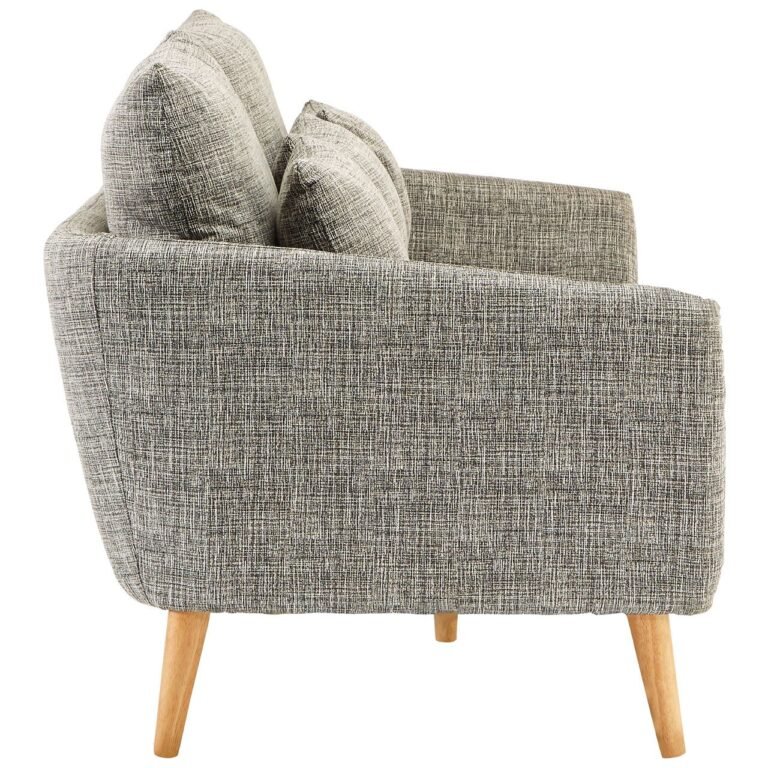

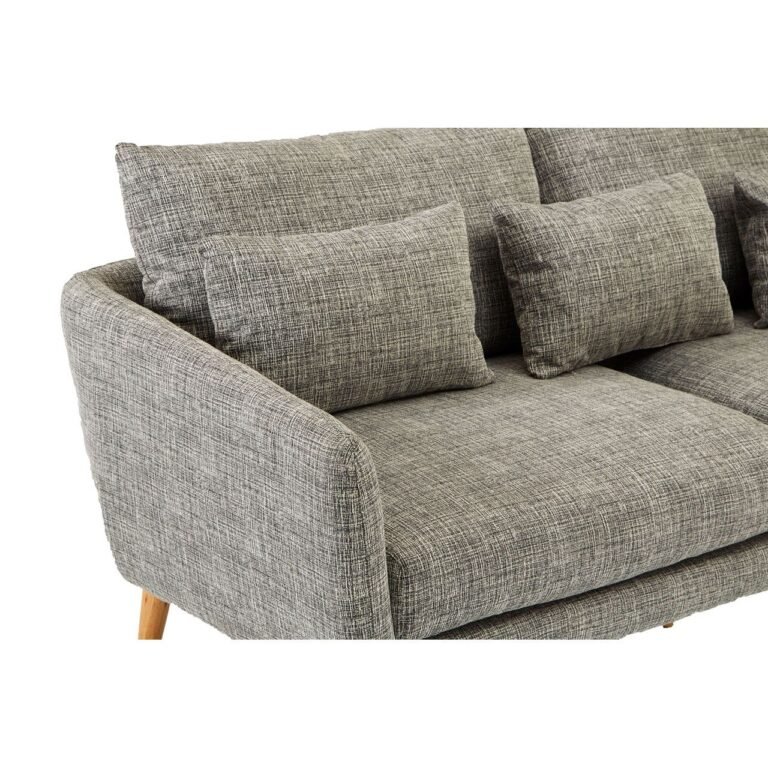
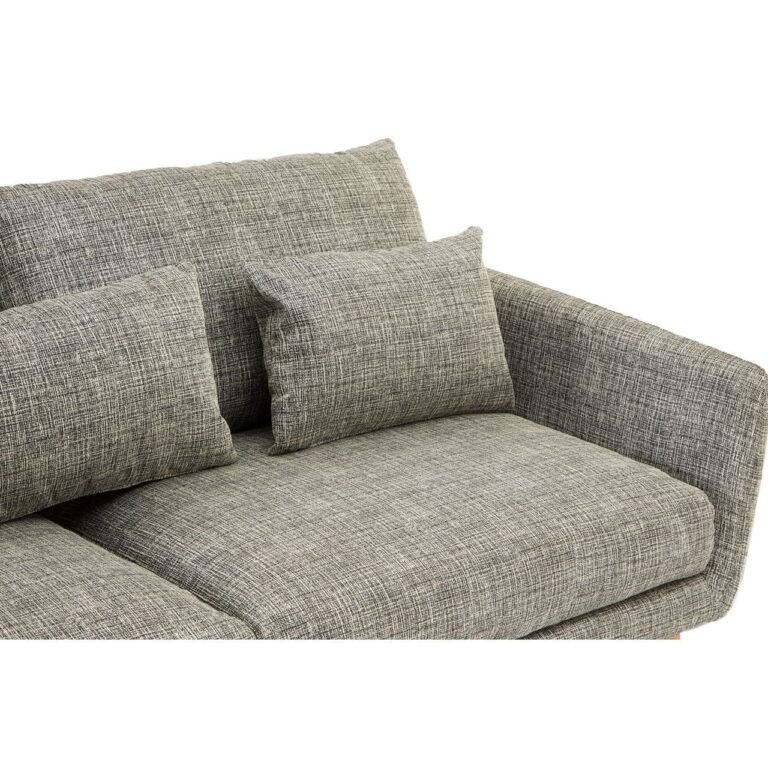
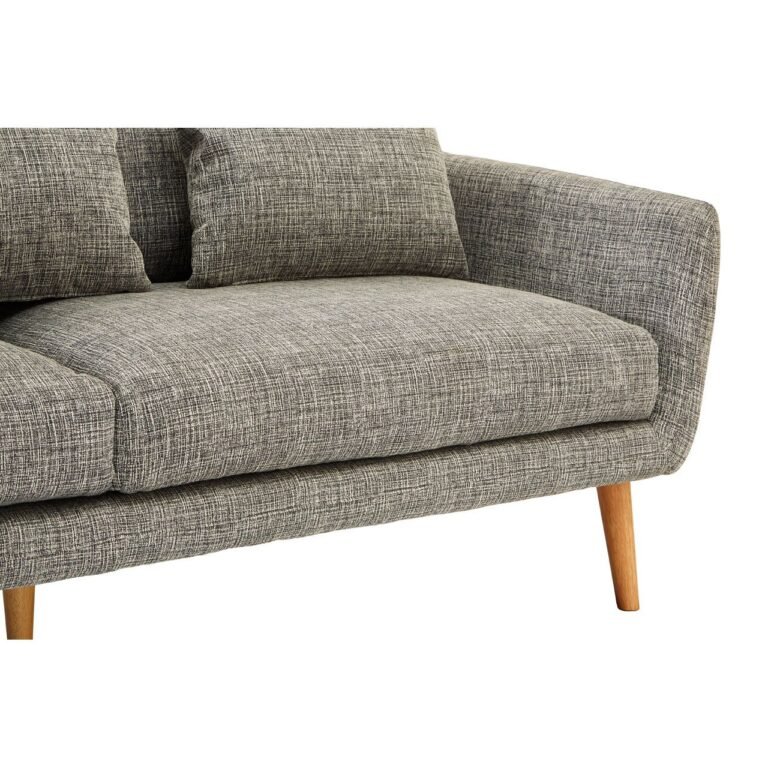
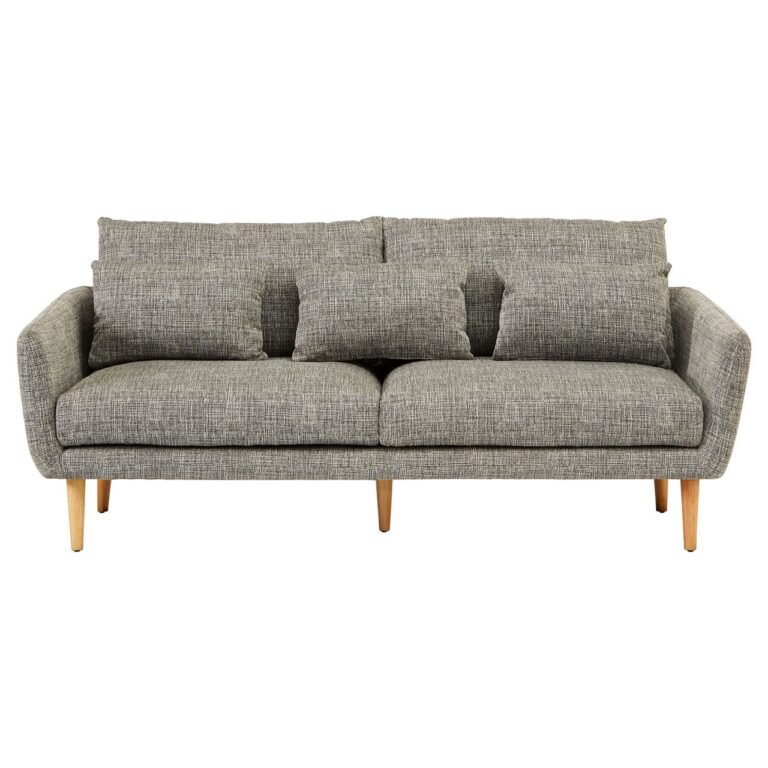

Lalito 3 Seater Sofa
£1,436 Add to cart -
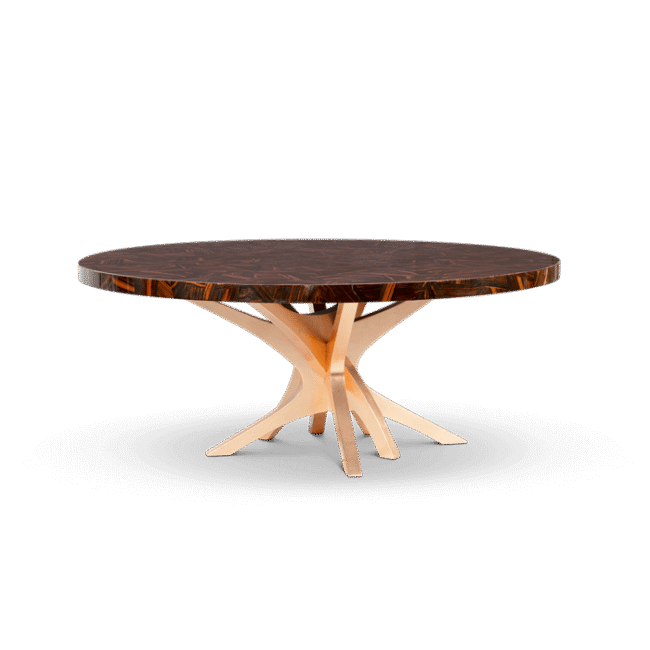

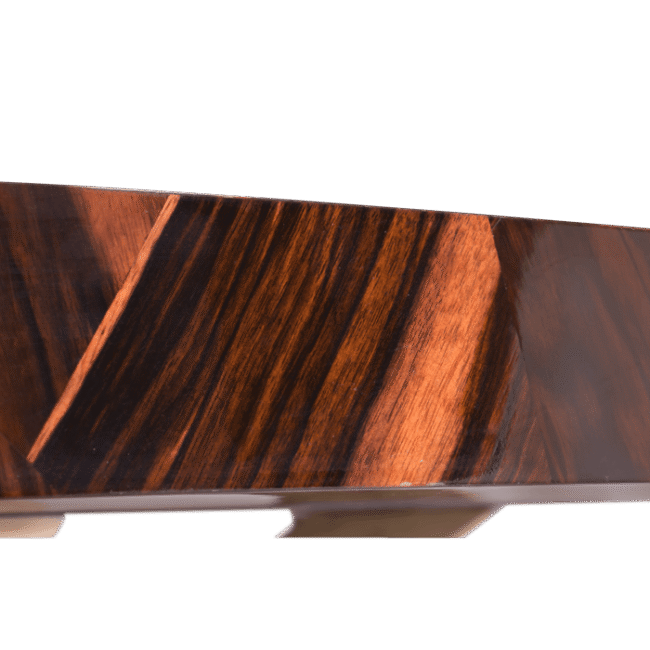
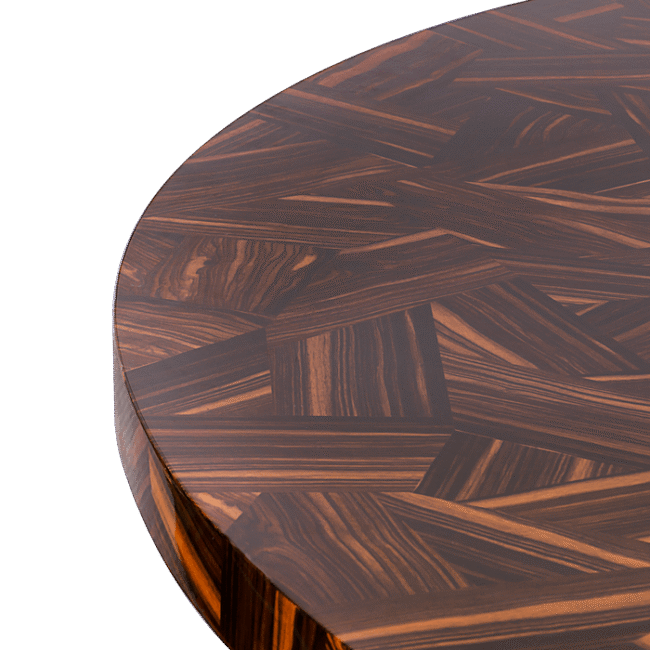
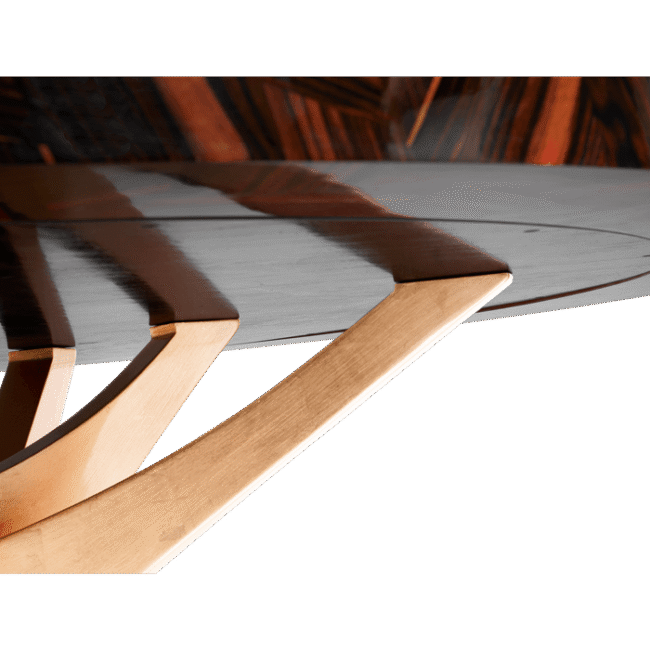
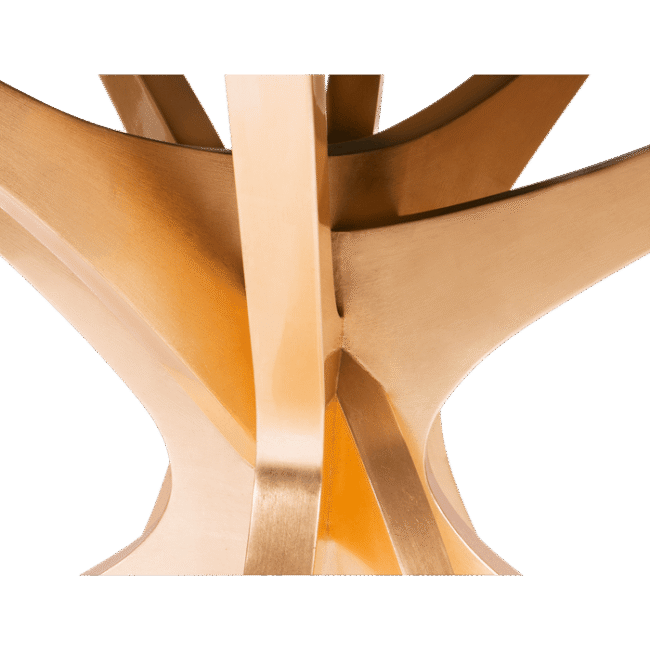
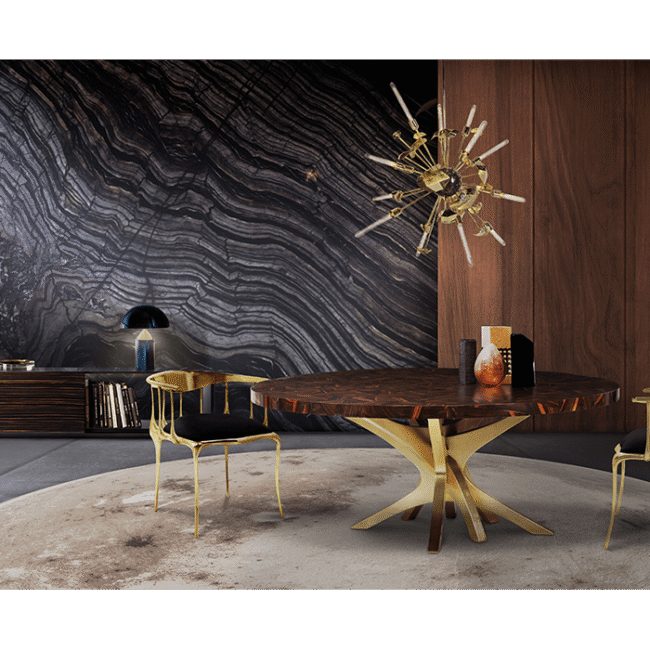
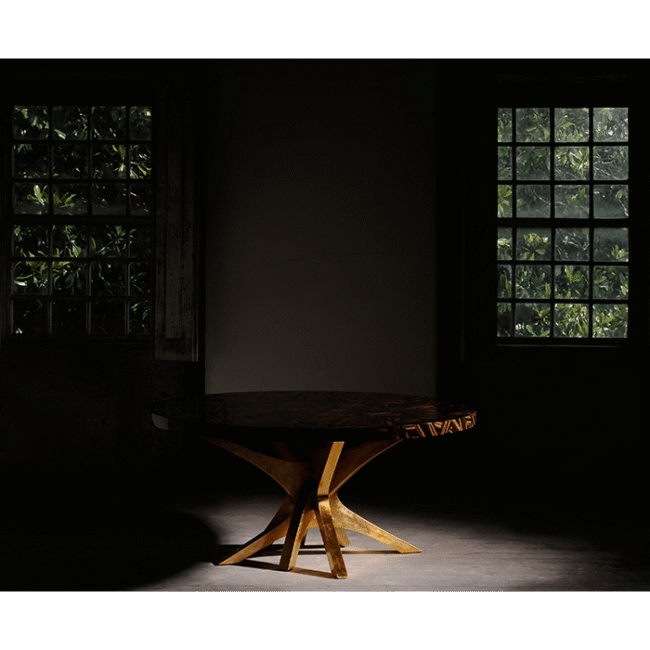
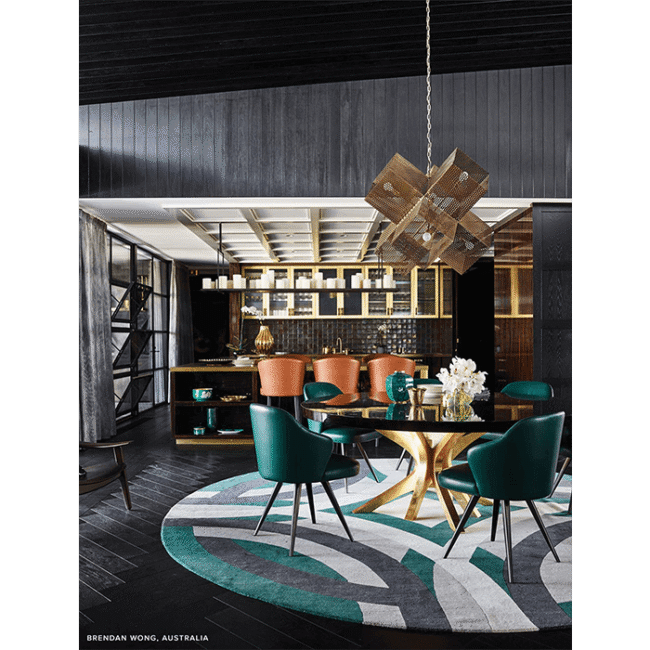
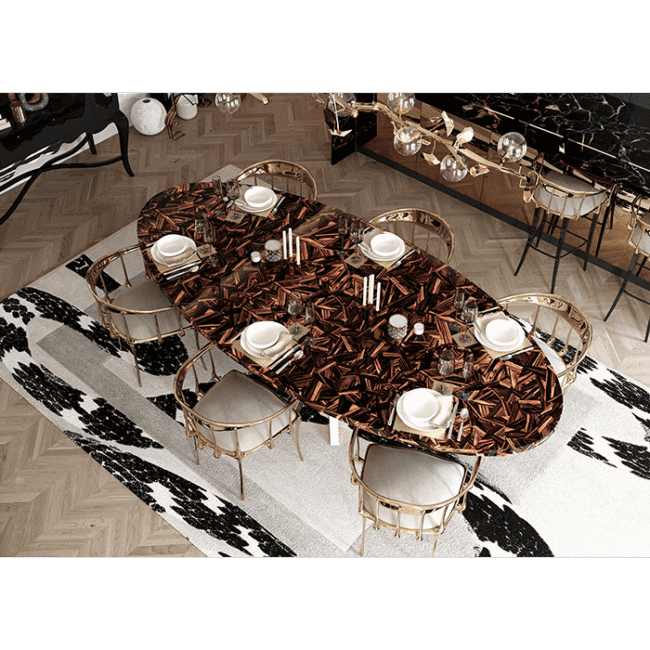

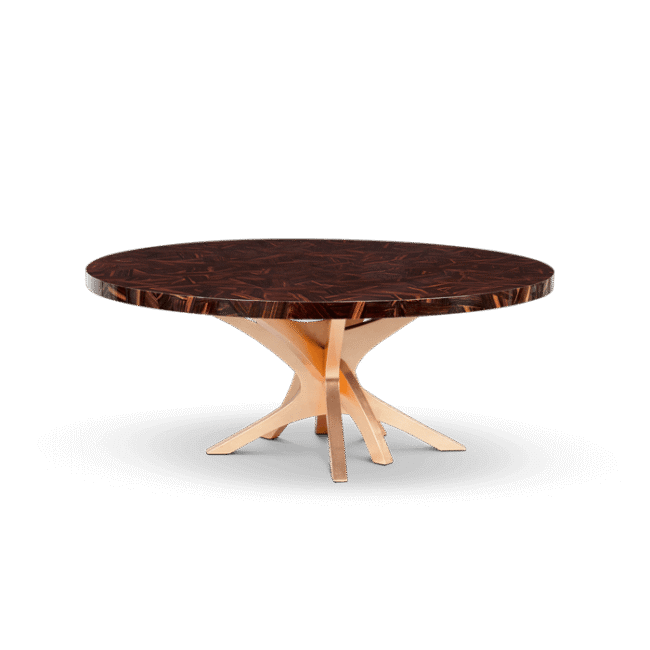

Patch Dining Table
£15,470 Add to cart -


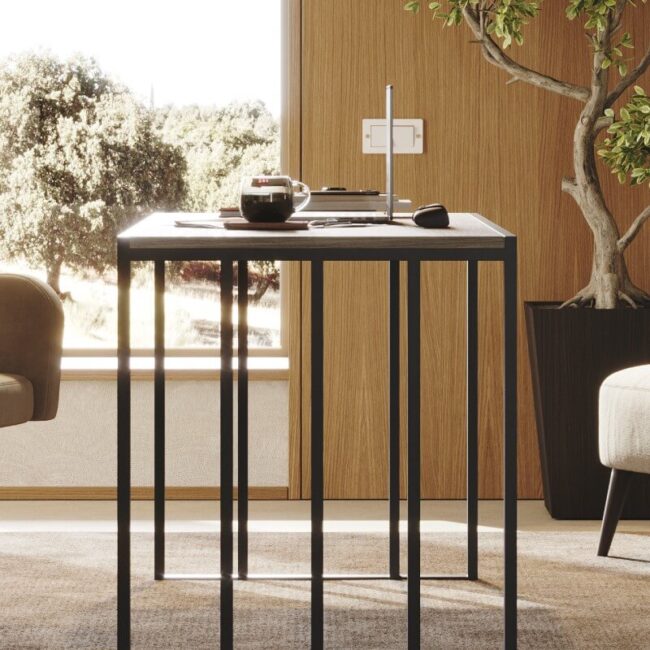




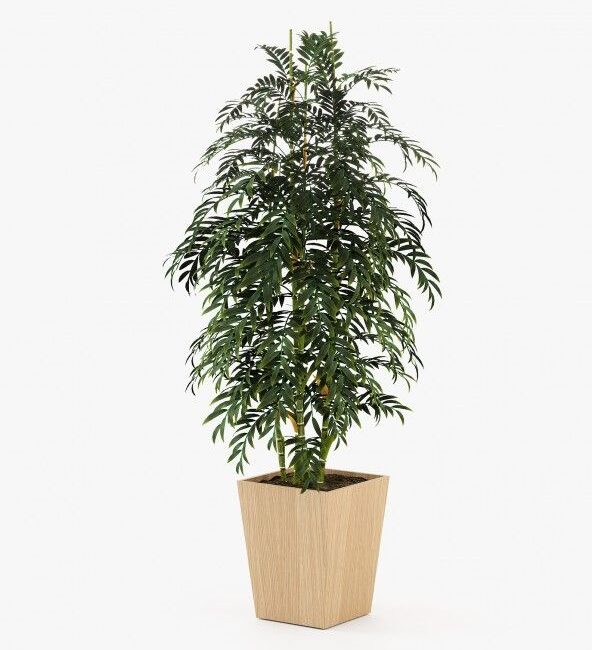

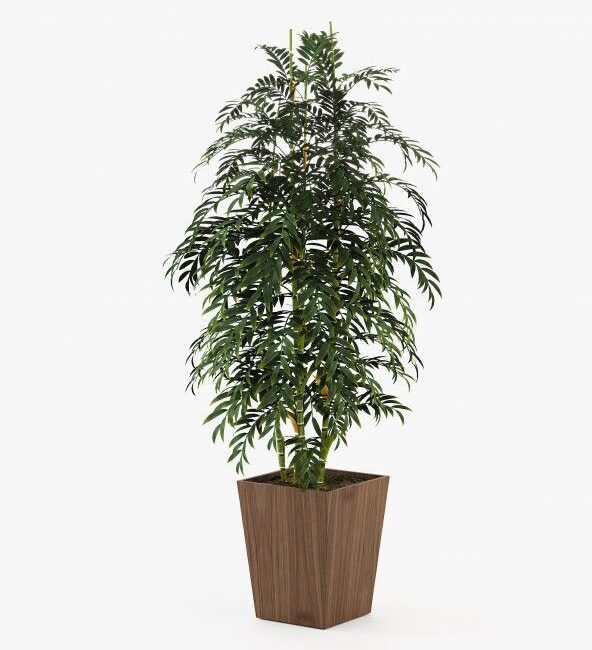



Poppy flower pot
£844 – £1,324Price range: £844 through £1,324 Select options This product has multiple variants. The options may be chosen on the product page
Key Principles of Sustainable Interior Design
Eco-chic interior design seamlessly blends sustainability with style, creating spaces that are both environmentally responsible and aesthetically pleasing.
- Use of Sustainable Materiel: One key element of sustainable design is the use of sustainable materials. This includes incorporating reclaimed wood, recycled glass, and metals, as well as sustainable natural materials like bamboo and cork. These materials not only reduce the demand for new resources but also bring unique textures and stories to the space. For example, reclaimed wood can add a rustic charm and history, while bamboo offers a sleek, modern look with minimal environmental impact due to its rapid growth cycle.
- Energy Efienciency: This involves integrating energy-efficient lighting solutions, such as LED bulbs, and maximizing natural light through thoughtful window placement and the use of skylights. Additionally, eco-chic designs often feature energy-efficient appliances and HVAC systems, which help reduce energy consumption and lower utility bills. Insulation plays a crucial role as well, ensuring that heating and cooling systems operate more efficiently. By prioritizing energy efficiency, you not only lessen their environmental footprint but also contribute to significant cost savings over time.
- Water conservation: This is also a vital component of eco-chic interior design. Incorporating low-flow fixtures, such as faucets, showerheads, and toilets, helps reduce water usage without compromising performance. Water-efficient appliances, like dishwashers and washing machines, further support this goal. Additionally, some eco-chic designs may include rainwater harvesting systems or greywater recycling to make the most of available water resources. These practices help conserve one of the planet’s most precious resources, ensuring that water is used responsibly and efficiently.
- Indoor air quality : another critical focus in sustainable interior design is the indoor air quality, This is achieved by using non-toxic materials and finishes that do not emit harmful VOCs (volatile organic compounds). Choosing natural fibers and organic textiles for upholstery, rugs, and curtains can also improve air quality by reducing the presence of synthetic chemicals. Furthermore, incorporating indoor plants that purify the air, such as peace lilies and spider plants, can enhance the freshness and healthiness of the indoor environment. Good ventilation systems are also essential, ensuring that fresh air circulates effectively throughout the space.
- Waste reduction and recycling: are fundamental to having a sustainable home. This involves selecting durable, long-lasting products that reduce the need for frequent replacements and minimizing waste. Upcycling and repurposing existing furniture and decor items can add character and creativity to a space while keeping items out of landfills. Additionally, eco-chic interiors often feature multifunctional furniture that maximizes space efficiency and reduces the overall number of items needed.
- Local Sourcing and Ethical Production: Lastly, sustainable interior design emphasizes local sourcing and ethical production. By choosing locally made products and materials, designers can reduce the carbon footprint associated with transportation. Supporting local artisans and manufacturers not only boosts the local economy but also ensures that products are made under fair labor practices. Ethical production also involves considering the environmental impact of manufacturing processes and opting for companies that prioritize sustainability and social responsibility.
-
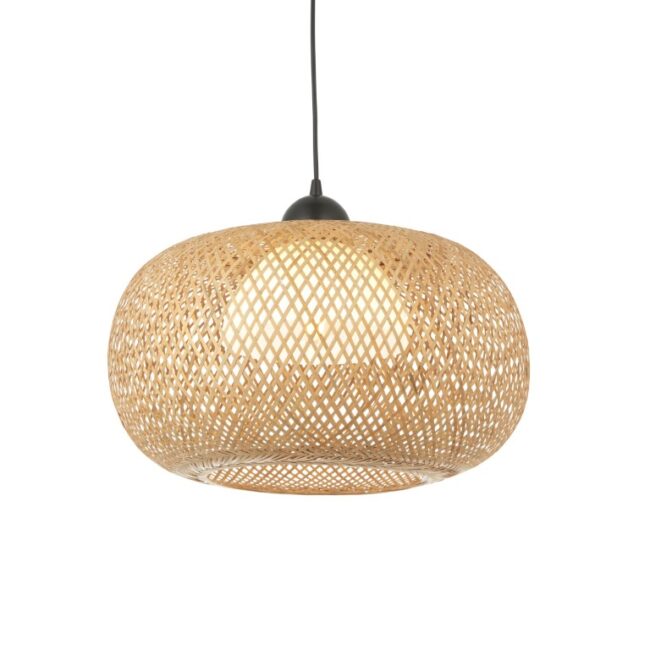


Balisk 1 Pendant Light
£158 – £166Price range: £158 through £166 Select options This product has multiple variants. The options may be chosen on the product page -
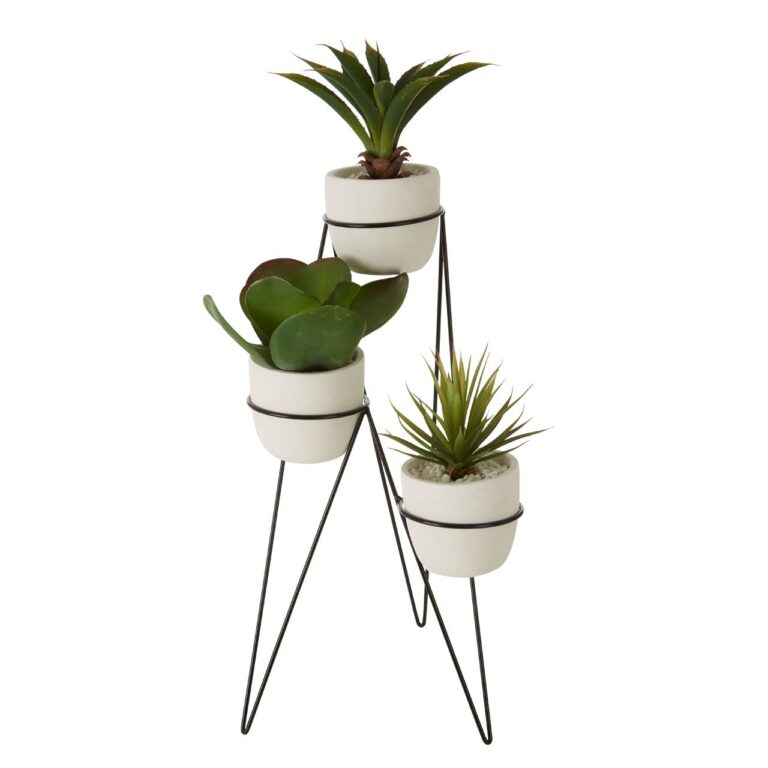



Fiorelli Set Of 3 Succulents With Metal Stand
£116 Read more -
Sale
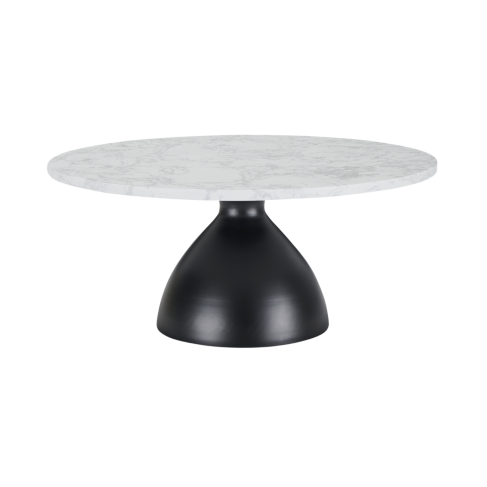
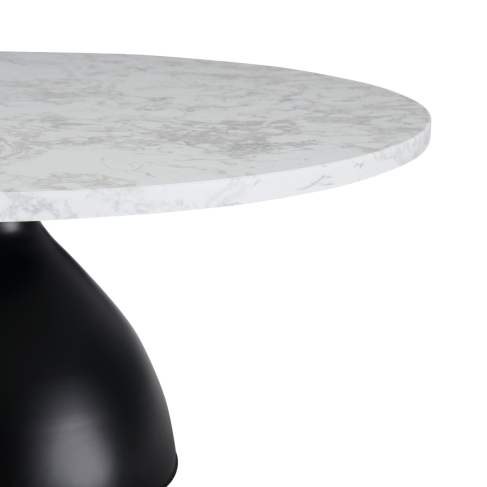
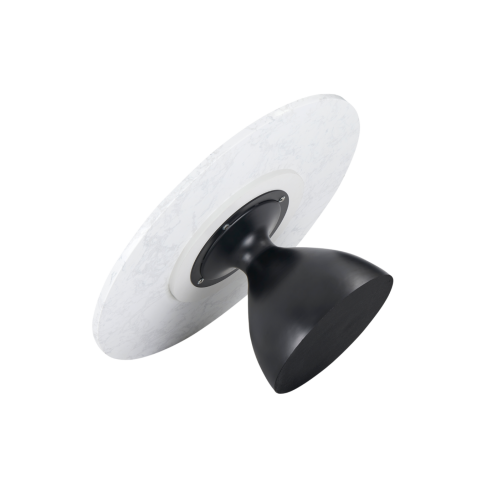
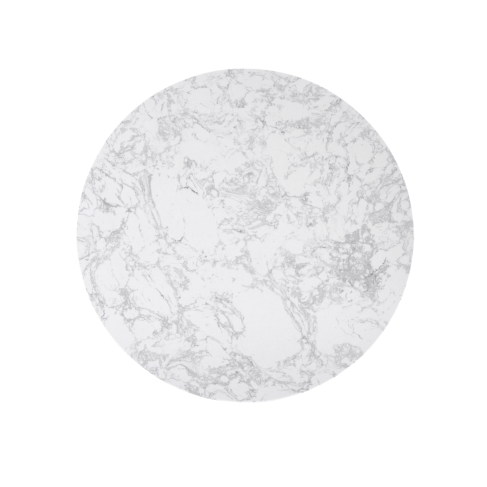
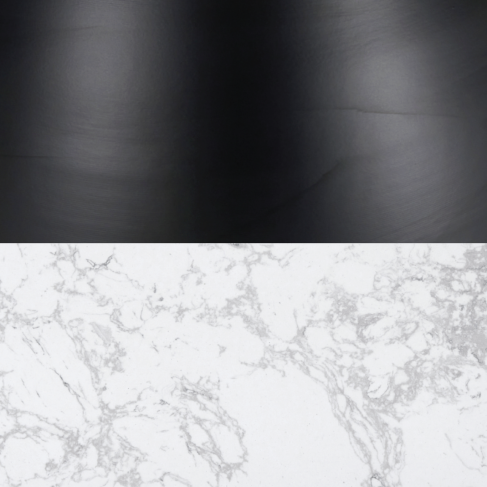
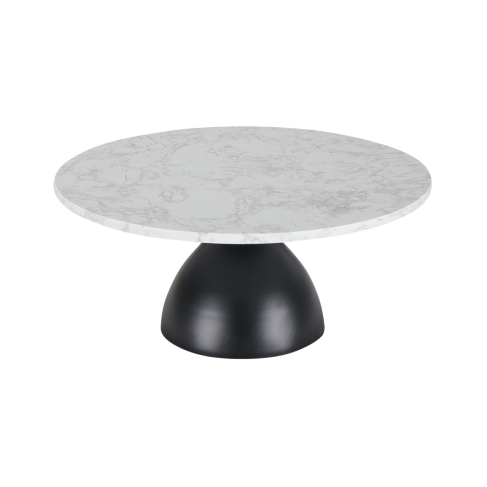

Hazel Coffee Table
£590Original price was: £590.£555Current price is: £555. Add to cart
Practical Tips for Sustainable Living
To create a stylish and sustainable living environment, these practical tips would be of great help:
- Select High-Quality Items: Durable furniture will last longer, reducing the need for frequent replacements. Thrift stores, antique shops, and online marketplaces can offer unique, pre-loved items that add character to your home without the environmental cost of new production. Getting creative with DIY projects to transform old furniture or decor into something new and functional is another effective strategy.
- Reduce Energy Consumption: Switching to LED lighting, which uses less energy and lasts longer than traditional bulbs, can save you money and reduce energy consumption. Installing smart thermostats helps manage heating and cooling more efficiently, learning your schedule and adjusting accordingly.
- Water conservation: This can be achieved by installing low-flow showerheads, faucets, and toilets to reduce water usage. Addressing leaks promptly is essential, as even small leaks can waste significant amounts of water over time. Choosing water-efficient appliances, such as washing machines and dishwashers, also contributes to conservation efforts.
- Practice Minimalism: Reduce waste by decluttering and keeping only what you truly need and love. Setting up a home recycling system and composting organic waste can significantly reduce the amount of trash you send to the landfill. Buying items like grains, nuts, and cleaning supplies in bulk helps minimize packaging waste.
- Support Local Artisans: Buy locally-made furniture and decor to reduce the carbon footprint associated with shipping and support the local economy. Choosing fair trade products ensures items are ethically produced, promoting fair wages and sustainable practices.
- Use Natural Fibers: When it comes to textiles and linens, selecting bedding, rugs, and upholstery made from organic cotton, linen, wool, or other natural fibers is beneficial. These materials are biodegradable and often produced using fewer chemicals
- Gardening can contribute to eco-chic living as well. Growing your own food, even if it’s just a small herb garden on your windowsill, can promote sustainability. Using native plants in your garden requires less water and maintenance, supporting local ecosystems.
Eco-chic living is more than a trend; it’s a lifestyle choice that reflects a commitment to sustainability and environmental stewardship. By making mindful choices in furniture selection, material use, energy and water efficiency, and indoor air quality, we can significantly reduce our ecological footprint. Practical actions like supporting local artisans, practicing minimalism, and incorporating natural elements into our living spaces not only enhance our home’s aesthetic appeal but also contribute to a healthier and more sustainable world. Embrace the eco-chic lifestyle and transform your living space into a haven of style and sustainability.
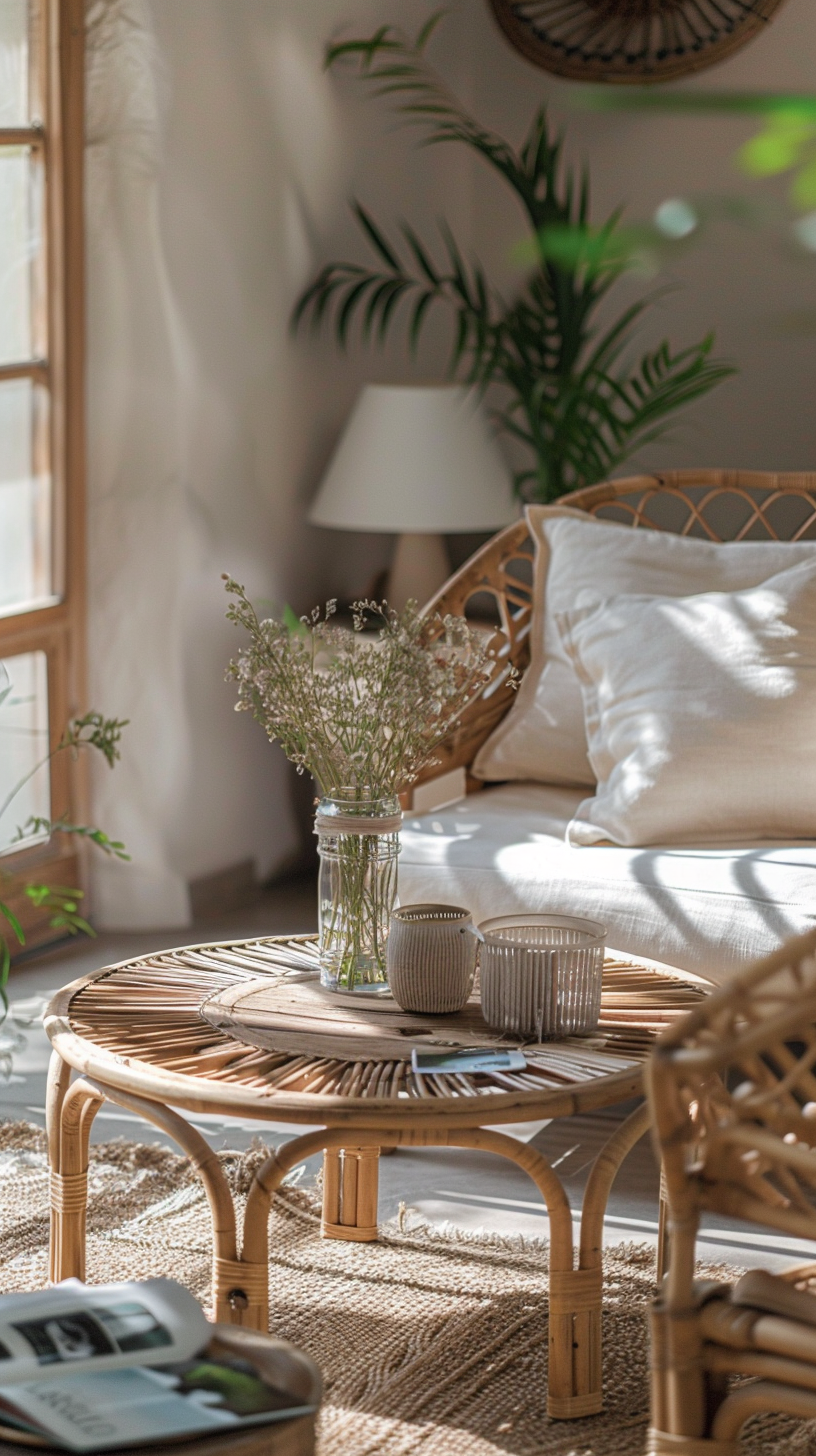
- Tags: Inspiration, Tips, Trends
What do you think?
Blog
Get fresh home inspiration and helpful tips from our interior designers



